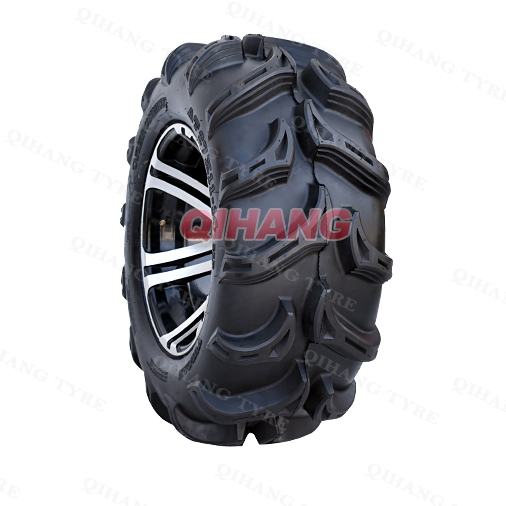The use of industrial and agricultural and ATV tires is an important part of large vehicles. Since many trucks are driven in the environment with poor road conditions for a long time, the requirements for tires are higher, so the use of industrial and agricultural and ATV tires is also more frequent. The production quality requirements are more stringent.
For industrial and agricultural and ATV tires, the general main structure is mainly composed of three parts: the outer tire, the inner tube and the cushion belt. Among industrial, agricultural and ATV tires, most of this structure has an inner tube, of course, there are also those that do not need an inner tube. The inner layer of the carcass has a rubber layer with good air tightness, and special rims are required.
With the continuous progress and development of science and technology, more and more industrial and agricultural and ATV tires are now beginning to develop in the direction of tubeless, radial structure, flat (the ratio of tire section height to width) and lightweight.
For the structural composition of industrial and agricultural and ATV tires, the outer tire consists of tread, sidewall, buffer layer (or belt layer), ply and bead. Used to withstand various forces. The sidewall is the layer of rubber on the outer layer of the tire's side ply that protects the carcass. The ply is a fabric layer composed of juxtaposed rubber cords in the carcass. It is the stress skeleton layer of the tire to ensure that the tire has good strength and dimensional stability. The buffer layer (or belt layer) is the rubber layer or rubber layer between the tread and the carcass of the bias tire, which is used to buffer external impact force, protect the carcass, and improve the adhesion between the tread and the carcass. The bead is the part of the tire mounted on the rim, which is composed of a bead core and a chafer, and plays a role in fixing the tire.


